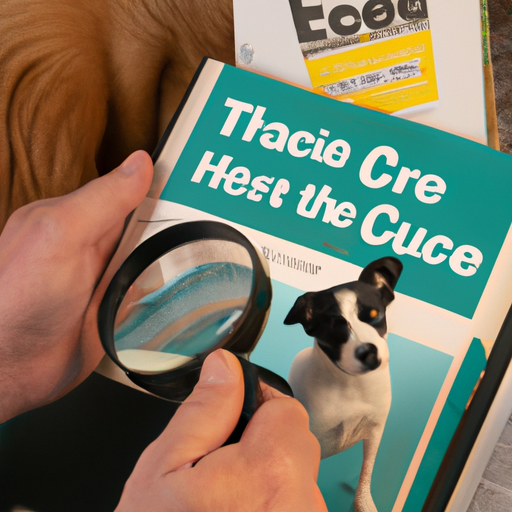As a pet parent, the sight of your furry friend incessantly scratching and looking miserable can be heartbreaking. The culprit is often a tiny, pesky invader: the flea. Fleas on dogs are a common issue that every dog owner will face at some point. However, with the right approach, you can effectively eliminate these parasites and restore your pet’s comfort and health.
- Table of Contents
- Understanding Fleas
- Signs of Flea Infestation
- How to Treat Fleas on Dogs
- Preventing Flea Infestations
-
Frequently Asked Questions
-
Key Takeaways
- Fleas are not just itchy annoyances, they can also transmit diseases.
- Frequently checking your dog for fleas can help you spot and address infestations early.
- There are numerous methods to treat fleas, from topical treatments to oral medications.
- Prevention is better than cure: regular flea control measures can keep your pet flea-free.
Understanding Fleas
Fleas are tiny, wingless insects that feed on the blood of mammals and birds. There are over 2,000 species of fleas, but the ones that commonly infest dogs are the Ctenocephalides felis or the cat flea. Despite its name, the cat flea infests dogs and other animals as well^1^.
Fleas thrive in warm, humid environments and have a life cycle comprising four stages: egg, larva, pupa, and adult. Understanding this life cycle is crucial in combating a flea infestation effectively.
Signs of Flea Infestation
The first step in treating fleas is recognizing their presence. Here are some signs that your dog might have fleas:
- Excessive scratching, licking, or biting at the skin
- Hair loss
- Flea dirt (small, black or reddish-brown specks) in the dog’s coat
- Live fleas on your dog or in the environment
How to Treat Fleas on Dogs
1. Immediate Relief: Flea Baths and Combs
Start by giving your dog a flea bath with a dog-approved flea shampoo. This can provide immediate relief by killing the adult fleas. Following the bath, use a flea comb to remove any leftover fleas or flea dirt.
2. Long-term Solutions: Flea Medications
There are many flea medications on the market to help you combat an infestation. They come in various forms:
- Topical Treatments: These are applied directly to the dog’s skin, usually at the back of the neck. They kill adult fleas and disrupt the flea life cycle. Examples include Frontline Plus and Advantage II[^2^].
- Oral Medications: Pills like Comfortis and NexGard are given once a month and kill adult fleas.
- Flea Collars: Flea collars like Seresto repel and kill fleas for several months.
Always consult your vet before starting any medication regimen.
3. Environment Treatment
Remember that most of the flea population exists in the environment, not on your pet. Therefore, you must treat your home and yard by vacuuming and washing regularly and using flea sprays or foggers if necessary.
Preventing Flea Infestations
Prevention is the best way to protect your dog from fleas. Here are some steps you can take:
- Regularly use preventive flea treatments as recommended by your vet.
- Keep your home clean and vacuum frequently to remove any flea eggs or larvae.
- Wash your dog’s bedding regularly.
- Keep your yard clean and trimmed to minimize flea-friendly environments.
By following these steps, you can ensure that your pet remains comfortable, healthy, and flea-free. For more comprehensive guides on dog care, you can check out OneTopDog.
Frequently Asked Questions
- Can I use home remedies to get rid of fleas on my dog?
-
While some home remedies can provide temporary relief, they are not usually effective at completely eradicating a flea infestation. It’s always best to consult your vet for the most effective treatment options.
-
Can fleas infest humans?
-
Yes, fleas can bite humans, but they cannot live on us. Human flea bites are usually found on ankles and lower legs.
-
How can I tell if my house is infested with fleas?
-
Aside from seeing fleas on your pet, another sign of a home infestation is if you start getting flea bites. Fleas tend to jump on humans when the infestation level is high.
-
What diseases can fleas transmit to dogs?
- Fleas can transmit tapeworms and cause flea allergy dermatitis. In severe cases, if your dog is infested with a large number of fleas, it could lead to anemia.
[^2^]: Flea Control and Prevention



